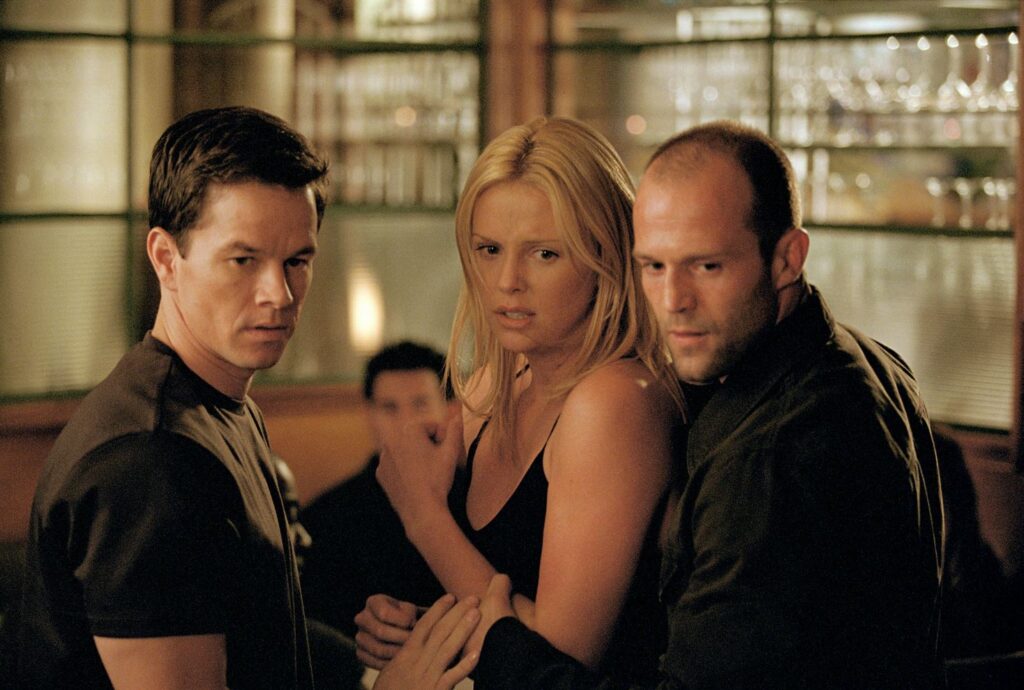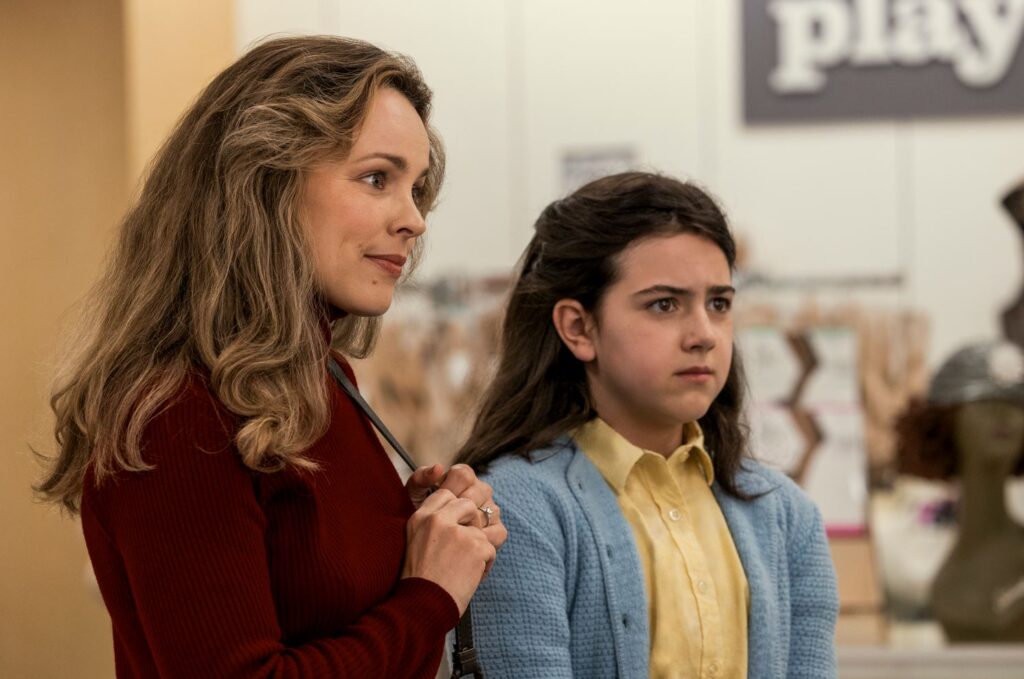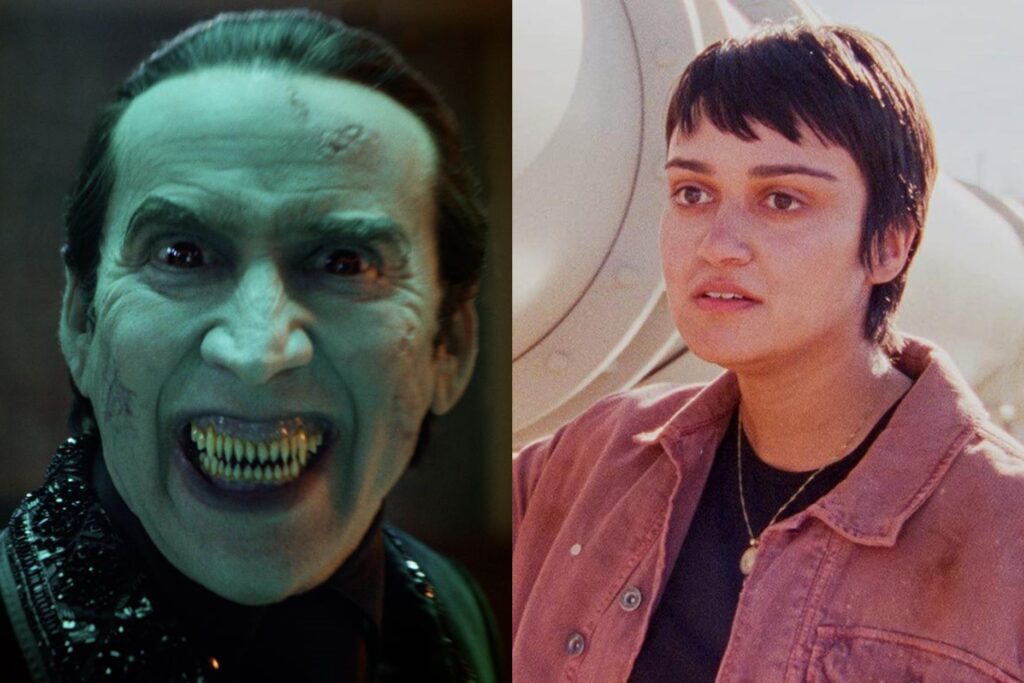From the Vault: The Italian Job, 20 Years Later

[EDITOR’S NOTE: In 2003, long before MovieManifesto.com existed, I spent my summer as a 20-year-old college kid writing as many movie reviews as I could. My goal was to compile them all into a website, possibly hosted by Tripod or Geocities, which would surely impress all of the women in my dorm. That never happened—neither the compiling nor the impressing—but the reviews still exist. So, now that I am a wildly successful critic actually have a website, I’ll be publishing those reviews on the respective date of each movie’s 20th anniversary. Against my better judgment, these pieces remain unedited from their original form. I apologize for the quality of the writing; I am less remorseful about the character of my 20-year-old opinions.]
The Italian Job showcases the continued emergence of one of cinema’s newest sub-genres: the heist remake. In 1999, John McTiernan delivered The Thomas Crown Affair, a more erotic but less involving film than its 1968 predecessor. Two years ago, Steven Soderbergh’s wildly successful update of Ocean’s Eleven (originally starring Frank Sinatra and the Rat Pack in 1960) wowed audiences with its high-profile cast and elaborate set pieces. Now, F. Gary Gray brings us a modernized version of The Italian Job, the 1969 caper featuring Michael Caine. Read More




